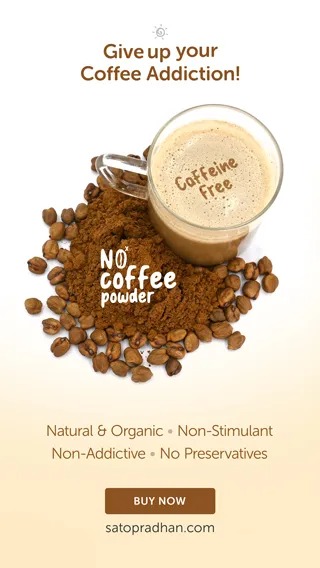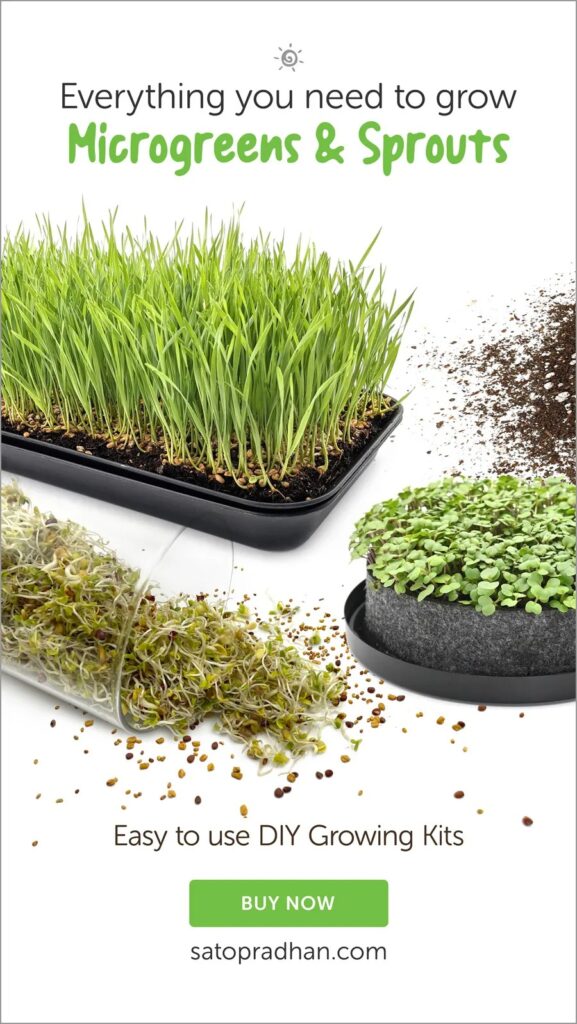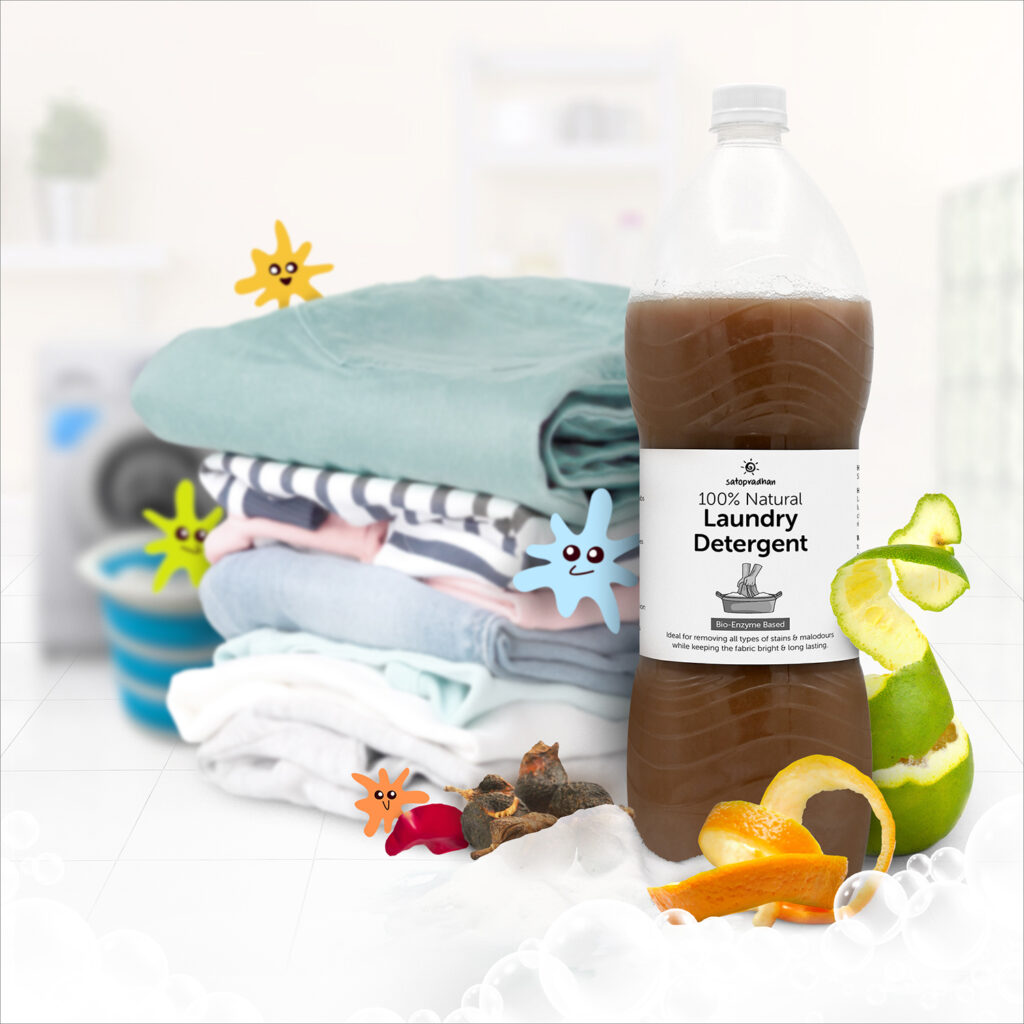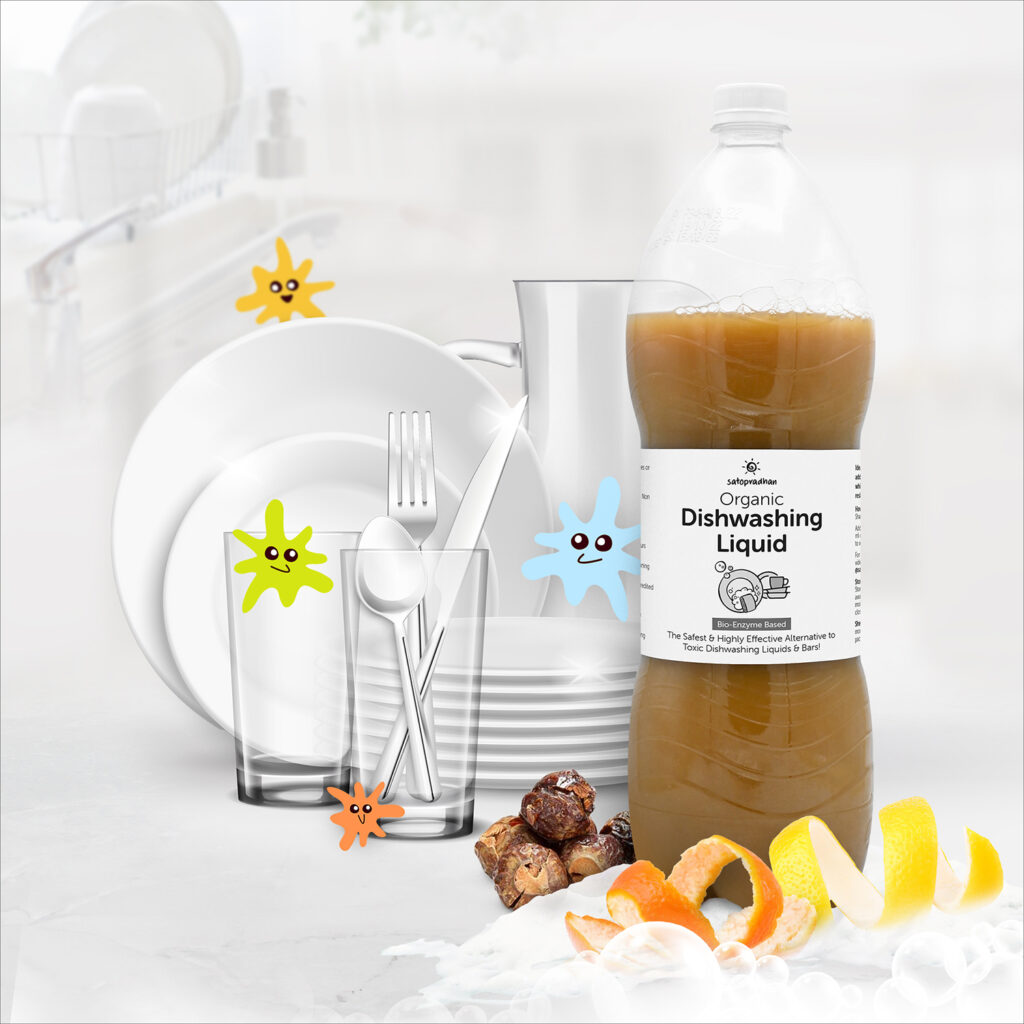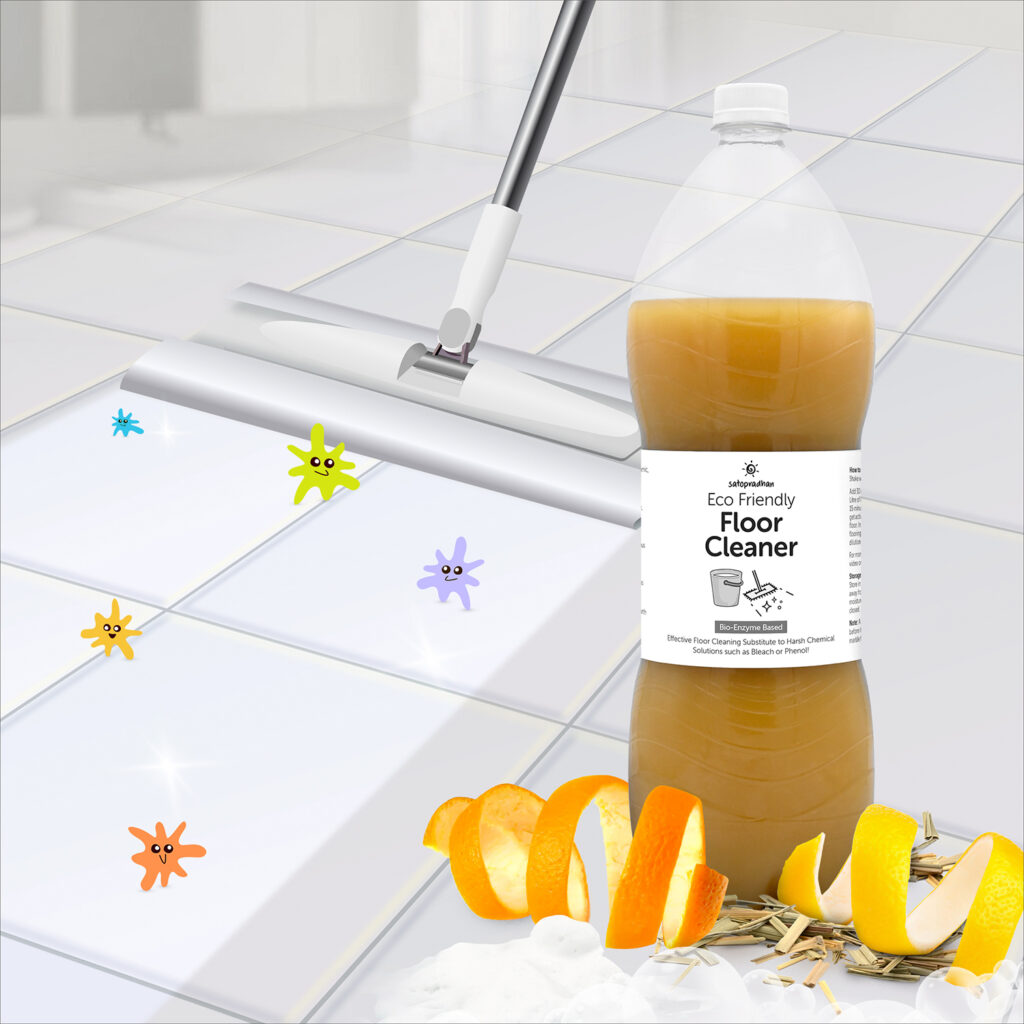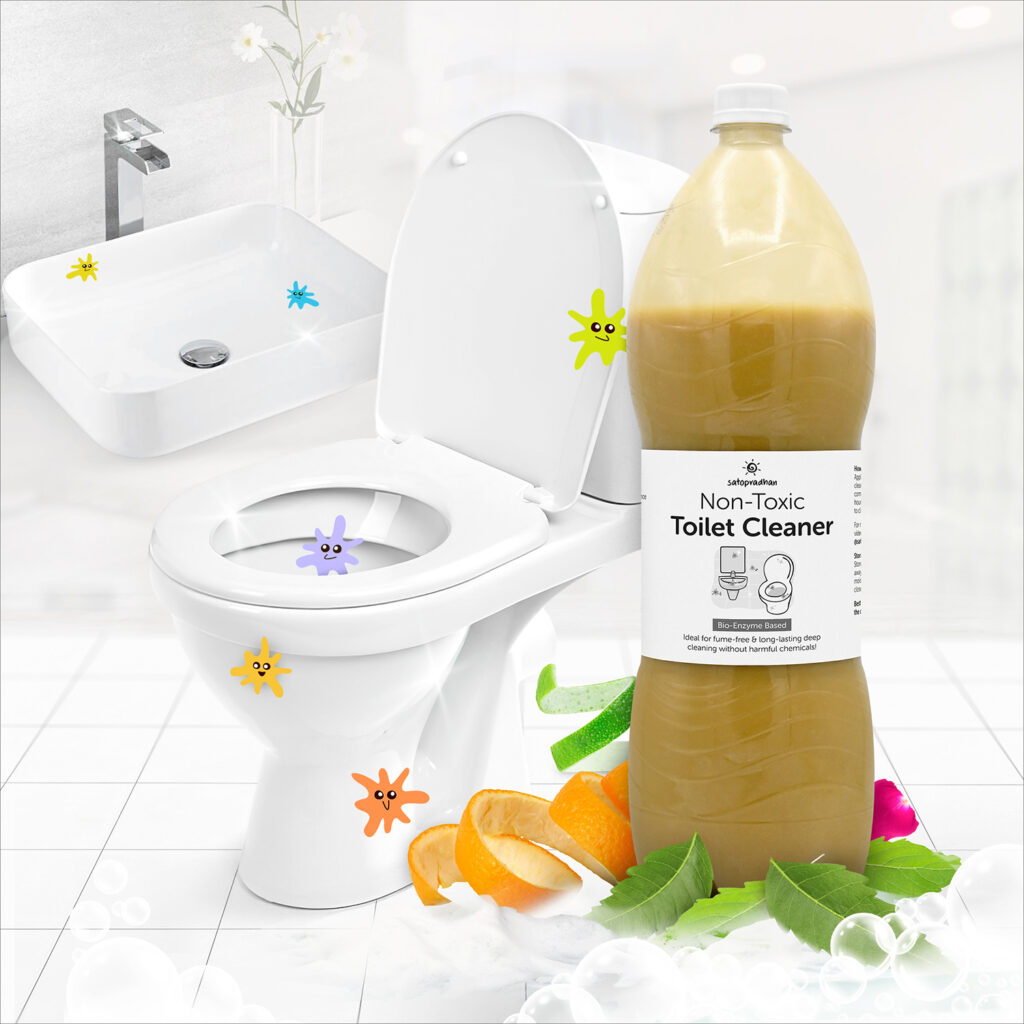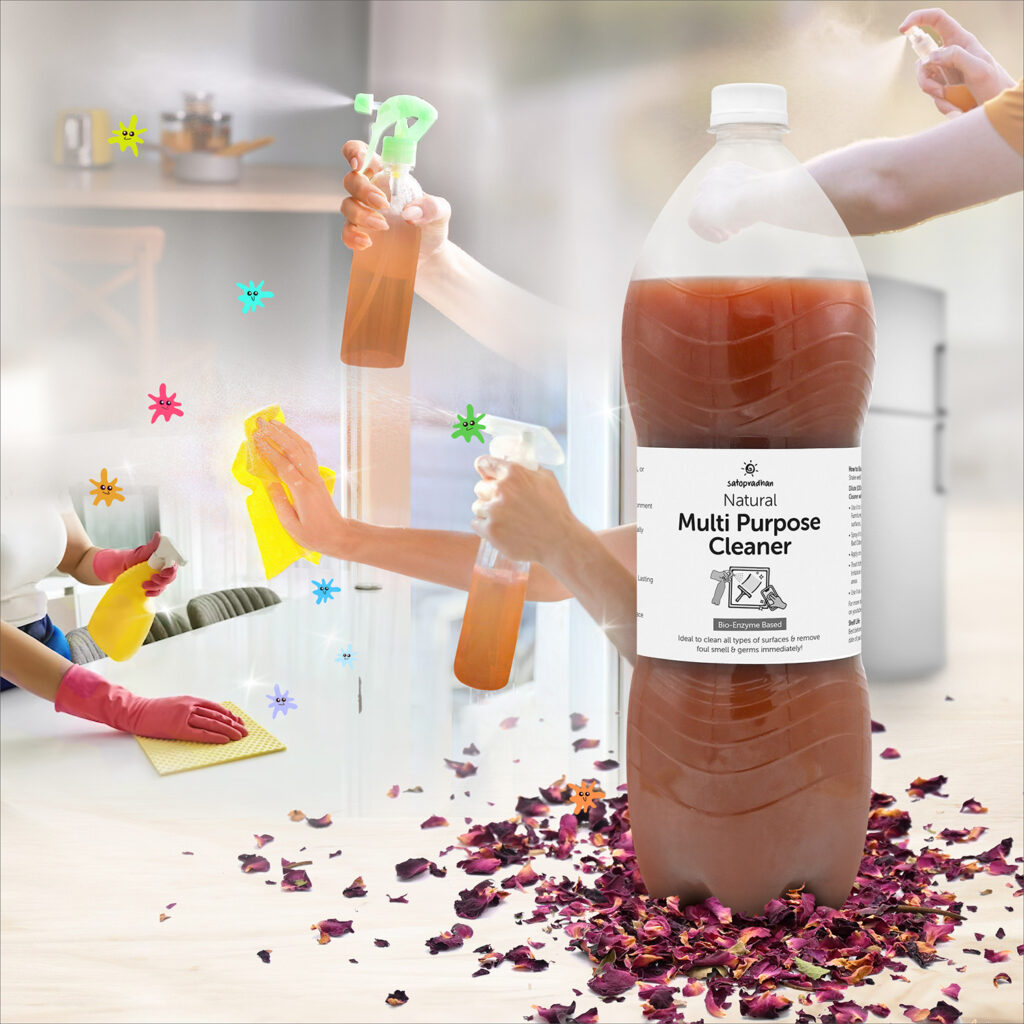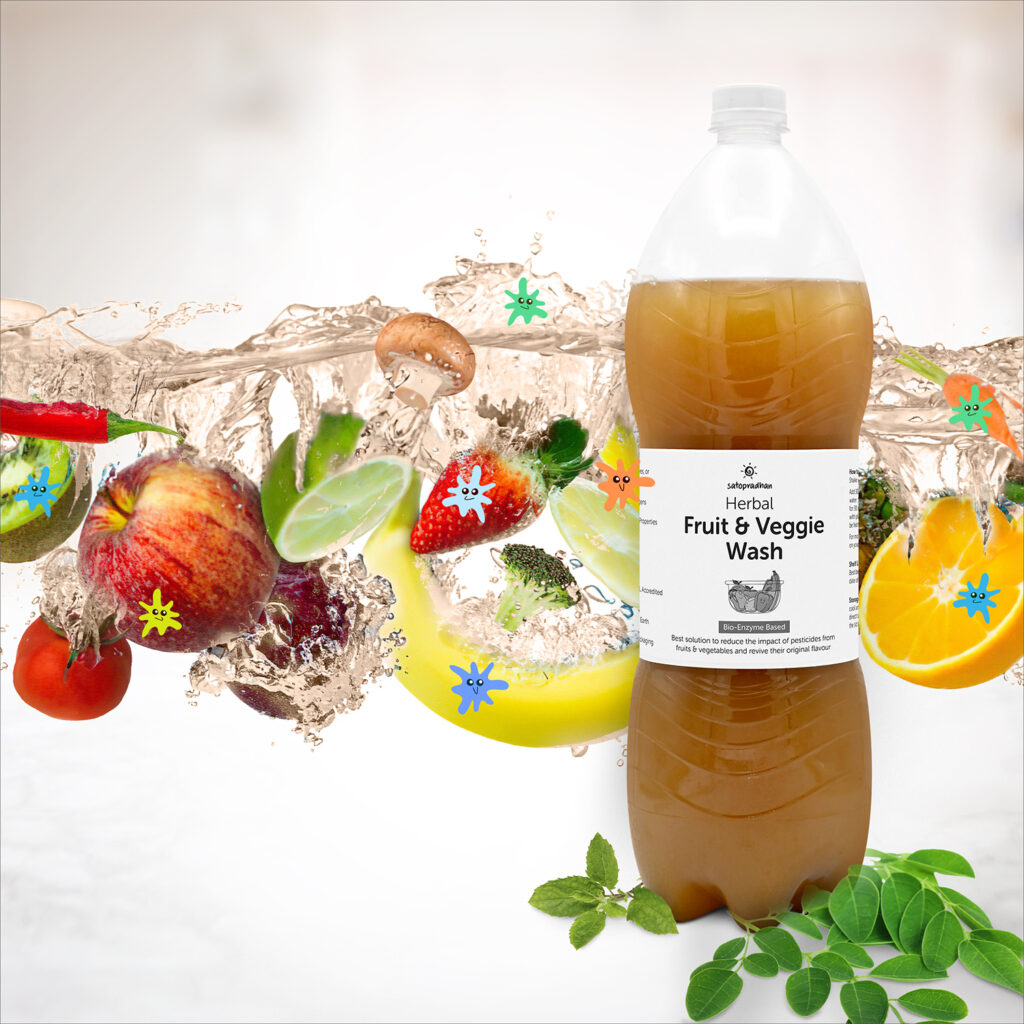
The most sustainable packaging is not what you think! Let’s ‘unbox’ the mystery behind the material of packages of all the orders you place online!
Many individuals today are aware of environmental issues and want to take action to protect our Mother Earth. Every simple & small step we take can have a significant impact on our surroundings. Understanding what eco-packaging is & realizing its importance is one such modest step.
Packaging is everywhere; in your drawers, almirah, trolley & orders you place online. Today majority of our purchasing is done online. Sometimes even minor items or tiny products that generally do not require packing needs to be packed for us to receive them safely. So, What’s the result??

A rise in packaging material waste is increasing the burden on Mother Earth. Because most packaging materials used are made of single-use plastic, they are hazardous to the environment, and we are already witnessing its consequences. The biggest problem with packaging is that it usually becomes waste as soon as a consumer finishes using a product. So, come let’s see what eco-packaging is and what are the small revolutionary steps we can take to help reduce the packaging burden on the planet
What is Eco-Packaging?
Eco-packaging refers to packaging materials that are entirely biodegradable, compostable, reusable, recyclable & non-toxic with little or no environmental impact.
Why Choose Eco-Packaging?
When you choose to purchase from companies that use eco-friendly packaging, you are at least stopping your house waste from going into the landfills. It helps reduce your overall carbon footprint & encourage many other companies to choose sustainable packaging materials. Some other benefits of opting for eco-packaging are
- Easy to use & dispose: Sustainable packaging is simple to reuse or recycle. It is recyclable, biodegradable, home compostable and one of the most secure product packaging choices which make minimal impact on the environment.
- Natural or organic raw materials: Most materials used to make eco-friendly packaging are organic or natural. Because little to no synthetic chemicals are employed, the packaging is safe for the environment. And since most of the materials used in manufacturing are natural, it results in little or no waste. On the other hand non-biodegradable materials cannot be broken down by nature and hence pile up and release methane – the major contributor for global warming.
- Encouragement to All Companies: When you support brands that use eco-friendly packaging material, other companies are also more likely to use them as they may like to follow the latest trends.
- Reduced Carbon Footprint: It is one of the clearest benefits of eco-friendly packaging. It is usually made from biodegradable, recycled material which reduces the waste of natural resources for production. In addition, the manufacturing process tends to be more efficient, further reducing precious resources and minimizing the negative impact businesses have on the environment.
- Toxin or Allergen Free: Unlike synthetic, chemical-infused materials, it is completely toxic-free for you and your family whereas most of the non-eco-friendly materials contain BPA that is highly toxic.
Eco-Packaging Checklist
If you buy online, ensure the company sends their product in sustainable packaging, which will degrade easily, & is safe for you and the planet. So, here’s a list of all the things you need to look out for the next time you’re shopping.

- Eco-Friendly Material: Eco-friendly materials include Recycled and Reusable cardboard, Recycled plastic, Eco-Friendly and biodegradable fillers like corrugated sheets in place of styrofoam or bubble wrap that are not good for the environment as they can’t be decomposed. Additionally, organic fabric like recycled cotton, palm leaves, hemp, tapioca, and more organic fabrics serve your purpose well. Canvas Tote Bags made of jute or other vegetable fibres are sturdy and durable, and can be used to carry heavy items.
- RIC Numbers: Just check if the packaging is made of plastic, are there any RIC Numbers written on them? Look for Resin Identification Code (RIC) like 1, 2, or 5, on the product packaging. It is a number appearing on plastic products that identifies the plastic resin from which the product is made, indicating if it can be recycled or not.
- Easily Recyclable: Do they tell us what can and needs to be recycled? You should be able to segregate the glass, paper & plastic waste from the packaging in order to dispose them off responsibly.
- Availability of Value Saver Packs: They save money, time, energy, transportation cost and reduce the use of packing material, ultimately resulting into lower costs for you, higher sales for the sellers, and low pollution and waste in the environment.
- Compact Packaging : It helps in saving space and avoid any wastage ultimately leading to less shipping and storage costs as there is no extra material used.
- Plastic Zip-Lock: Kraft paper pouches with a plastic zip lock should be avoided as the ziplocks are non-recyclable and non-biodegradable.
- Eco-Friendly Labels: Labels should be small in size and made of paper; preferably without any lamination. Though it adds a layer of protection, lamination makes the product more attractive as a paper base material and plastic laminate, this is unlikely to be able to be recycled.
- Responsible Gift Wrapping: Choose paper or cloth gift wrapping made of sustainable materials and environmentally certified paper instead of shiny attractive plastic gift wraps.
- Consumer Feedback: Highlight eco-packaging in your feedback and ratings to encourage those companies that already use it and to make other companies aware who are considering the switch. Cooperate with the companies for paying a little extra for that sustainable packaging in order to motivate them to work on it.
Eco-friendly packaging speaks volumes about the company’s values, products, and quality!
Is It Really Eco-Friendly - The Devil is in the Details!

There are many packaging materials that are claimed to be eco-friendly but in actual are not safe to use. A major source of confusion is the difference between three terms
- Biodegradable
- Compostable
- Oxo-degradable
It’s very normal to get confused between them. While all compostable plastics are biodegradable, but not all biodegradable plastics would be considered compostable. The main difference is related to their production, how they decompose and the residual elements left after the decomposition.
This confusion can have dire consequences on the disposal of bioplastic products. You need to understand these terms in order to make educated purchasing decisions and properly dispose of bioplastic products at the end of use.
- Bioplastics refer to a large family of plastics which are sourced from renewable resources or biomass such as vegetable fats and oils, straw, woodchips, saw dust etc, at the beginning of their life,& are metabolized into organic biomass at the end of their life.
- Biodegradable plastics are a relatively small subset of bioplastics which can be decomposed over a period of time with the help of micro-organisms (usually into water, carbondioxide and biomass)
- Compostable plastics need a specific environment like warm temperature, nutrients, moisture and plenty of oxygen to break down. They are made of humus which, after decomposition, becomes the richest part of soil.
The biodegradable term can be referred to any material that decomposes in the environment but may leave toxic residues behind them whereas compostable means only the organic elements that degrades and leave behind a beneficial residue.
Another category often confused with biodegradable plastic is Oxo-degradables. . Oxo-degradable plastics quickly fragment into smaller and smaller pieces, called microplastics, but don’t break down at the molecular or polymer level like biodegradable and compostable plastics. The resulting microplastics are left in the environment indefinitely until they eventually fully break down.They may include soft plastics like dog waste bags and dry cleaning bags.
Therefore, to make a change, buy products branded as compostable and preferring those which are compostable under ambient conditions will ensure bioplastics are disposed of through the proper channels.
Reasons why companies are NOT making the switch!

What are the reasons that, despite recognizing the environmental impact of plastic, businesses continue to resist eco-packaging?

- Sustainable Packaging Is Not That Attractive: Plastic packaging is highly attractive. It’s more likely to be eye catching and stand out from other products which ultimately leads to increased sales.
- Lack of Variety of Eco-Friendly Packing Materials: There are numerous options available in plastic packaging. A large variety of packing materials available in plastic makes it convenient to pack different products and make them more safe for transport which is not the case in eco-packaging.
- Product Safety: Sustainable packaging materials are made up of products that are recyclable and reusable, but they may not be as efficient as plastic and other thicker packaging materials that ensure product safety. They tend to be less durable than plastic. Hence, it becomes risky for companies to start adopting eco-friendly packaging.
- Cost Concerns: The cost of materials used in sustainable packaging is on the higher side when compared to the traditional packaging methods due to the less-established supply chains, manufacturing processes & lower economies of scale. This might prove to be heavy on the pockets of companies in the long run.
- Unwillingness of the Customers to Pay More: Switching over to sustainable packaging means a change in the overall cost of the company as its higher than traditional packaging designs. These additional costs are eventually passed on to the customers by companies to maintain their profit levels, but sometimes customers might start feeling that they are being overcharged for the same product.
- Durability of the Packaging: Biodegradable materials used in eco-friendly packaging, mostly cardboard, and paper, aren’t as durable as plastic. Your package gets tossed around a lot while in transit.
Conclusion
We hope now you understand that eco-packaging is actually a big deal and how just a small step like considering the type of packaging while placing an order can make a big difference to us and our environment.
Will you take this step forward in helping Mother Earth by keeping these tips in mind the next time you shop online?

Would you be willing to pay slightly extra when brands offer a Sustainable Packaging option?

We can choose eco-packaging materials and reduce waste in our world by working together. With the changing climate and increasing waste burden, adopting sustainable packaging habits is the easiest contribution from us to protect the environment. We don’t have a planet B, so by investing in eco-friendly packaging let us protect our environment. Do the world a favour and show it the change you can make!
At Satopradhan, we are curating such products, actions and materials that will help us re-use, reduce & replace the conventional plastic with eco-friendly alternatives. If you are someone who is looking to reduce the plastic products in your life, you can reach out to us for finding out the best alternatives.

